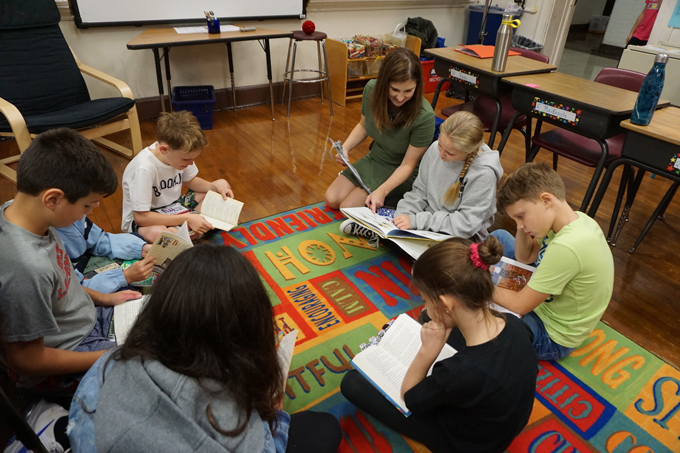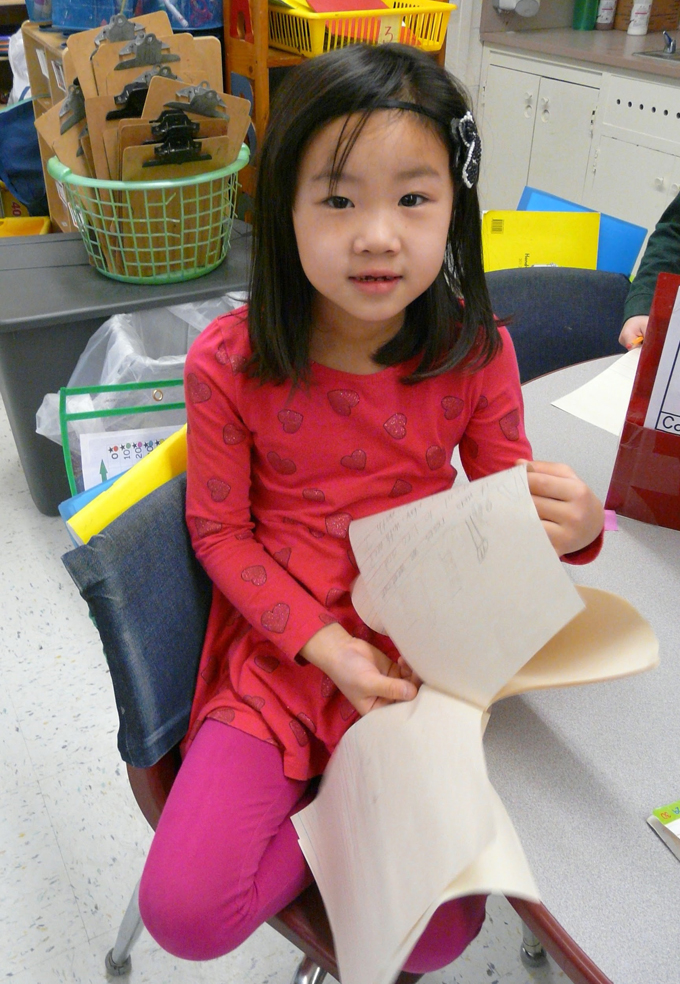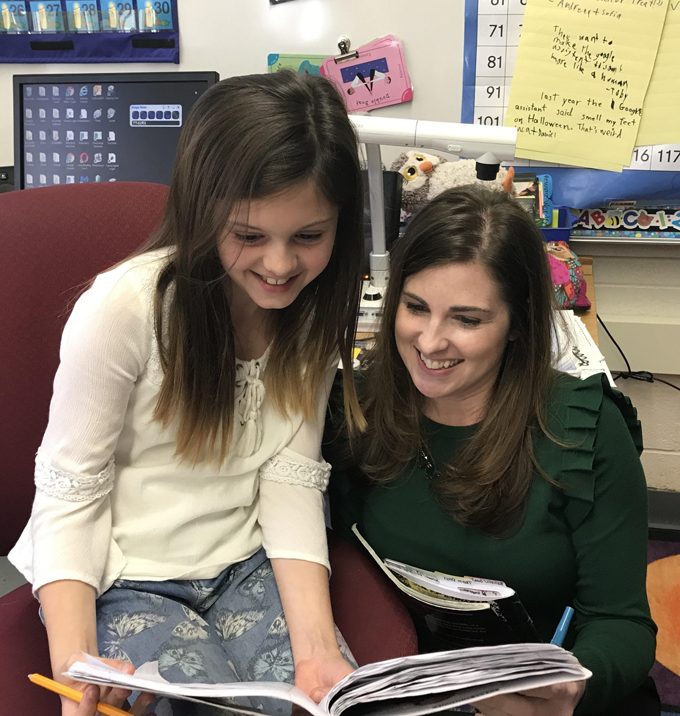We sat around a horseshoe-shaped table, shifting our weight in too-small chairs, surrounded by coffee cups and afternoon-pick-me-up snacks. Leafing through piles of papers, a colleague remarked, “Urgh. I think my class is as tired of spelling tests as I am.” We all paused. Someone laughed. We then took action, contemplating ways to shake things up. Been there? Felt that? Following are a few ideas to jump-start assessment in word study.
Next level sorting challenge
This routine asks students to sort words according to the pattern learned and apply this knowledge to spell new words. Sorting, categorizing, and applying exercises bring high-level critical thinking to this efficient check-in routine. In the same amount of time it takes to administer a traditional spelling test, we can assess so much more than rote memorization.


Show off
This check-in routine offers different options for flexibility. The simplest and quickest method is to have students turn and talk, sharing recent word learning. Have more time? Ask students to compose a written reflection or create an infographic to showcase learning. Apps such as Screencastify, Flip Grid, Powtoon, Canva, and Scratch offer digital platforms for students to show off their word knowledge.

Interactive writing
During interactive writing, the class cocomposes a piece of writing. Students offer ideas and the teacher writes these ideas on a shared document. Each time the class gets to a targeted word, students are invited to ponder the spelling. A volunteer writes the word on the document. By having the teacher do most of the writing, the process is a quick and efficient use of classroom time. When students participate in focused aspects of the writing, the why behind this work is clear and understood. As a bonus, interactive writing can be done during any subject.


Use it or lose it
One leading goal of word study is for students to apply knowledge while reading—decoding with automaticity while maintaining fluency and comprehension. We can assess application by listening as students read self-selected texts (with target words and parts) and observing accuracy and fluency. If students stumble, we can note the self-monitoring strategies used. We may even ask about the meaning and connotation of words with taught parts. This can be done during a small group lesson or a 1:1 conversation.

Find and fix
Another word study goal is to consistently transfer knowledge to writing. Start by recalling recently taught word study patterns or word parts. Then, challenge students to reread recent work, find evidence of application, and correct spelling as needed. If a student does not find any examples of words with taught patterns or parts, encourage them to find authentic opportunities to integrate (conventionally spelled) pattern words. There are infinite worthwhile times and places to find, fix, and celebrate!
Each of these ideas intend to be flexible enough to fit a variety of time frames and classroom settings. Furthermore, each enables teachers to glean information about students’ understanding of words and readiness to apply gained expertise. A great first step toward making word study assessment more meaningful? Try one new idea. Experimentation helps us see what works—and provides opportunities to see what students find most engaging.

 Pam Koutrakos is an experienced and enthusiastic educator known for her positive outlook and energy. As an educational consultant with Gravity Goldberg, LLC, she is deeply committed to motivating and supporting students and teachers on their learning journeys. Pam authored Word Study That Sticks: Best Practices K-6 (Corwin, 2018) and The Word Study That Sticks Companion (Corwin, 2019). Both include assessment ideas, lessons, tools, and tips to start up and step up word study in K–6 classrooms. Connect with Pam on Twitter at @PamKou.
Pam Koutrakos is an experienced and enthusiastic educator known for her positive outlook and energy. As an educational consultant with Gravity Goldberg, LLC, she is deeply committed to motivating and supporting students and teachers on their learning journeys. Pam authored Word Study That Sticks: Best Practices K-6 (Corwin, 2018) and The Word Study That Sticks Companion (Corwin, 2019). Both include assessment ideas, lessons, tools, and tips to start up and step up word study in K–6 classrooms. Connect with Pam on Twitter at @PamKou.